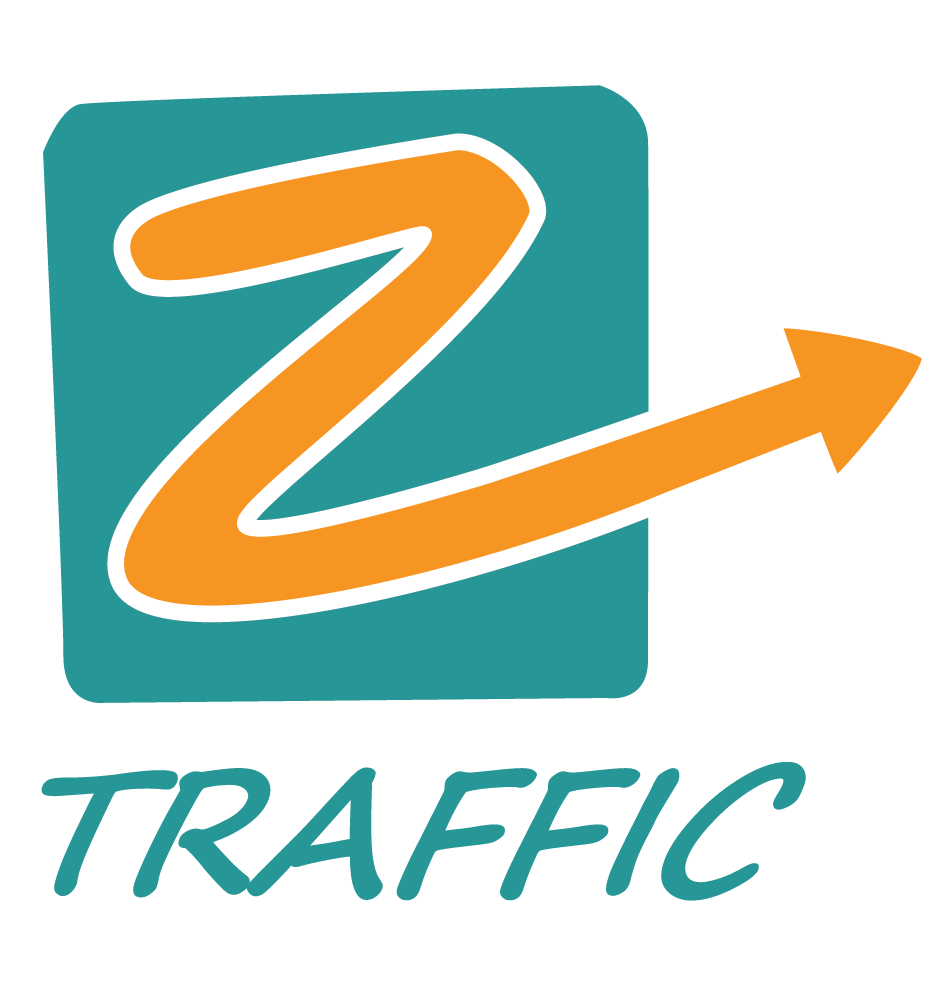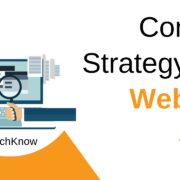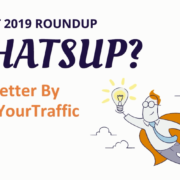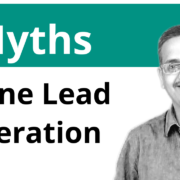Happy New Year 2020 – Future Of Customer Experience Is O2O
Happy New Year!
2020 marks the beginning of the new decade- full of opportunities, advancements, and growth. However, the road has its challenges threats and disruptions too.
The biggest opportunity and disruption for any business from now on will be “PCX” i.e. Personalised Customer Experience, given their preferences, lifestyle, technology and transactional behavior.
Over a time period with changing technology, lifestyle, behavior, customer experience is becoming more personalized across industries? Whether it is B2B or B2C industry.
Question: Moving ahead, how can businesses bring in “PCX” Personalised Customer Experience in their marketing & sales?
Answer: 2020 Year Of O2O.
O2O means Online to offline & vice versa Or Omnichannel To Omni Commerce, which encompasses a variety of audiences across the board to suit the requirements. Make no mistake that your biz may not be catering to a particular age category at this point, but this is what disruption is all about. It can change any date. 20 age group move to 40 age grp move to 60 with changing pattern. Hence the biz using O2O approach you can ensure-
- Building Sales 2. Building Relationships 3. Establish Future Requirements
Across this wide spectrum of an audience for sustainable growth.
Question: What’s new about this O2O? How to ensure these 3 values with the O2O approach?
Check out a business case study for each of these values with the O2O approach.
——-Case Study: Building Relationships—–
One of our adventure tour clients. They are in the industry for the last 30 years in this biz conducting adventure tours. Now the category of their customers who were in their 20s had started have now moved to the 40s, some started in their 40s have now moved to 60s. Their enthusiasm passion for trekking is there, but their lifestyle, health, etc. has changed.
Therefore the requirements with what their business was doing earlier are miss matching.
To watch detail case study click on this link https://youtu.be/bf07b8oRf6o
——-Case Study: How To Establish Future Requirements?
This is a manufacturing company. With the audience: 20 age group is executive, business managers, 40 age group is mid-management CEOs 60 are with a traditional mindset.
So how the varied age group audience preference was addressed using O2O?
To watch detail case study click on this link https://youtu.be/S9fwhQpprBs
—–Case Study: Building Sales
This is an online portal, who deals with 2 & 4 wheeler spare parts.
To watch detail case study click on this link https://youtu.be/M_IOnh9Qesw
Note: Please evaluate offline online for each category & build “PCX”.
Feel free to share your ideas & views about O2O ts or email us @ business@zoomyourtraffic.com
Share, and Subscribe!!!
YouTube: https://bit.ly/2W9smsE
Twitter: https://bit.ly/2rBRFqs
Facebook: https://bit.ly/2Lj7gnZ
Powered by:
ZoomYourTraffic Web Solutions
http://www.zoomyourbusiness.online
http://www.zoomyourtraffic.com














